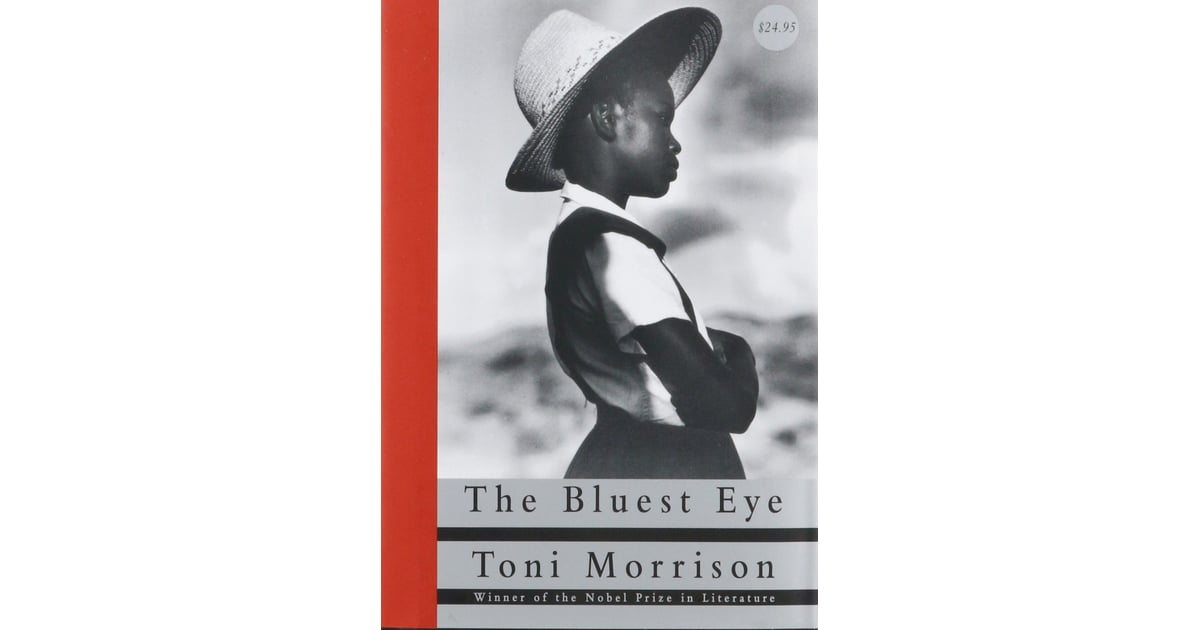
It is the cruel image of a reality we refuse to see and continues to visit us until we can no longer hide from its gaze. Pecola’s story is the story of every black, indigenous, and person of color. Morrison’s 1970 debut novel is one of several titles, including Vladimir Nabokov’s Lolita, Gender Queer by Maia Kobabe and L8R, G8R by Lauren Myracle, to have gained the attention of school. It makes us question the bases we’ve created (or have been forced to) for our societal development and how they affect us in different stages of our lives, especially in childhood. The Bluest Eye is a necessary work of written art that forces us to face ourselves, our social beliefs, and the way we look at the world, and it looks at us back. I couldn't put this book down, and, simultaneously, I was afraid to read more because I knew that Pecola’s story would only get worse. But Morrison's spellbinding prose and written gift makes you go through a rollercoaster of emotions, able to disconnect your mind from the main plot but connect to it again in a way that leaves you breathless and almost screaming at the void. Yet, the connotations of that statement open a long historical and social conversation that is still being discussed today.


The book's plot is simple: a black girl wants to have blue eyes. I've wanted to read any work by Toni Morrison for years, and I’m glad I started with her acclaimed first novel, which I can only describe in one word: heart-wrenching.


 0 kommentar(er)
0 kommentar(er)
